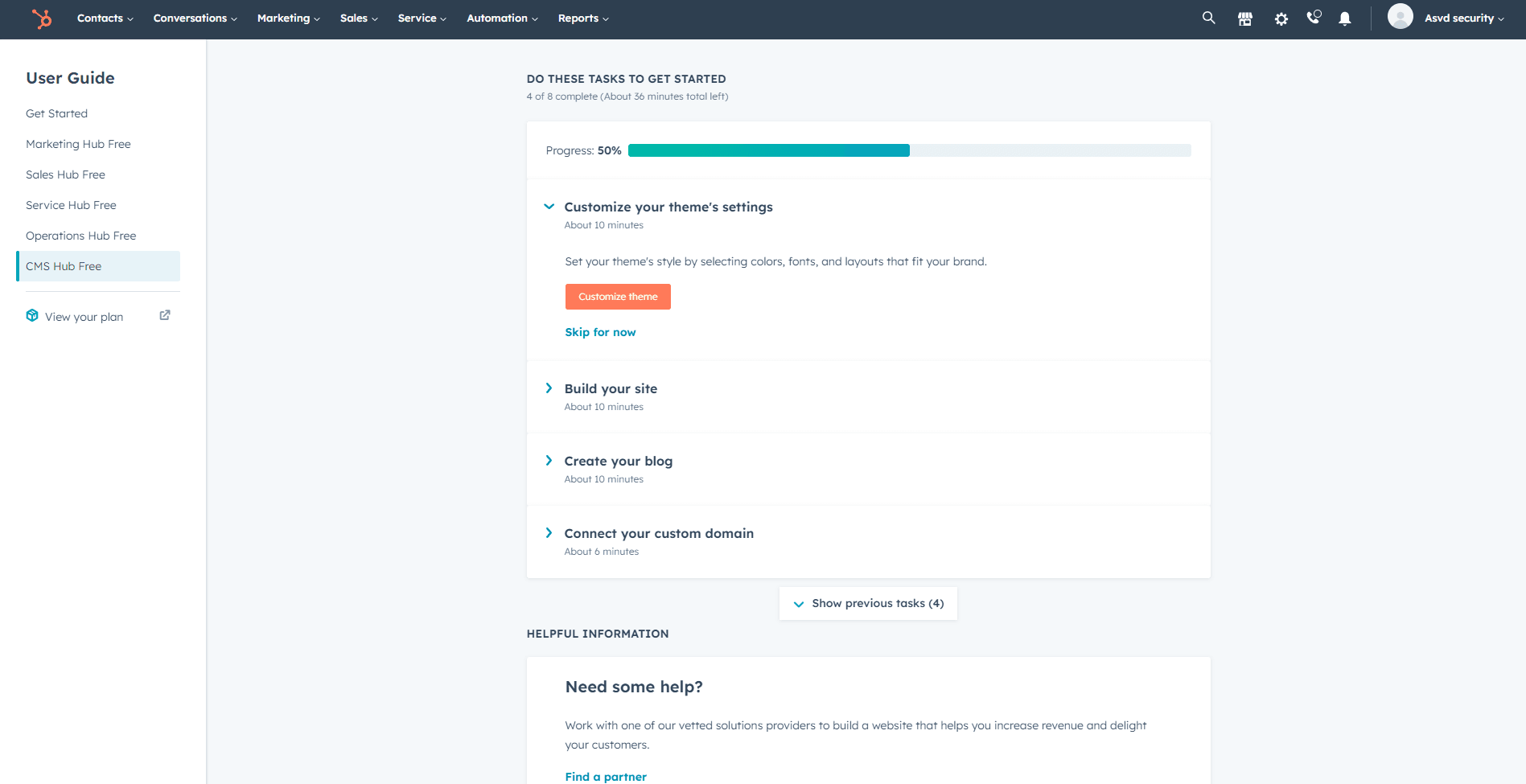
How to Use Ticketing to Track and Resolve Support Issues.
Welcome to our comprehensive guide on utilizing HubSpot's ticketing system to effectively track and resolve customer support issues. In the fast-paced world of customer service, efficient issue resolution is crucial for maintaining customer satisfaction and loyalty. In this guide, we'll walk you through the process of setting up and utilizing HubSpot's ticketing feature to streamline support requests, assign tasks, and provide timely solutions. By harnessing the power of HubSpot's ticketing system, you'll enhance your team's productivity, deliver exceptional customer experiences, and ensure that no support issue falls through the cracks.
1
Log in to your HubSpot Account

First, log in to your HubSpot account using your email address and password. If you don't have an account, sign up for a free trial or register for a paid plan.
2
Access the Service Hub and Tickets
- Once you're logged in, click on the "Service" tab located in the top navigation bar.
- Then, click on "Tickets" from the dropdown menu to access the tickets section.
3
Create a New Ticket
- In the Tickets section, click on the "Create ticket" button in the top right corner.
- Fill out the ticket form with relevant details, such as subject, description, status, priority, and the ticket owner.
- (Optional) Associate the ticket with a contact, company, or deal by clicking on the "Associations" tab and selecting the appropriate option.
- Click on the "Save" button to create the ticket.
4
Manage and Resolve Tickets
- In the Tickets section, you'll see a list of all tickets. Click on a ticket to open its details in the right pane.
- Review the ticket information and update the status, priority, or other fields as needed.
- To add notes, attachments, or internal comments, use the "Add activity" dropdown located at the bottom of the ticket details.
5
Communicate with the Customer
- In the ticket details, click on the "Add activity" dropdown, and select "Email" or "Call" to communicate with the customer.
- Compose your email or make a call, addressing the customer's support issue.
- Once the communication is complete, the email or call log will be added to the ticket's timeline.
6
Use Ticket Automation to Streamline Support Processes
- Click on the "Automation" tab located in the top navigation bar.
- Select "Workflows" from the dropdown menu to access the workflows section.
- Click on the "Create workflow" button in the top right corner, and choose the "Ticket-based" workflow type.
- Set enrollment triggers, actions, and conditions to automate your support processes, such as assigning tickets, sending notifications, or updating ticket properties.
Congratulations! You've successfully navigated the world of HubSpot's ticketing system to optimize your customer support efforts. By following the steps outlined in this guide, you're now equipped to effectively manage support requests, assign tasks, and provide timely solutions to your customers. This proactive approach to issue resolution will undoubtedly lead to enhanced customer satisfaction and loyalty. Remember, a well-organized and efficient ticketing system is the key to delivering outstanding customer support and building strong customer relationships. With HubSpot's ticketing feature at your fingertips, you're well-prepared to excel in the realm of customer service and support.








